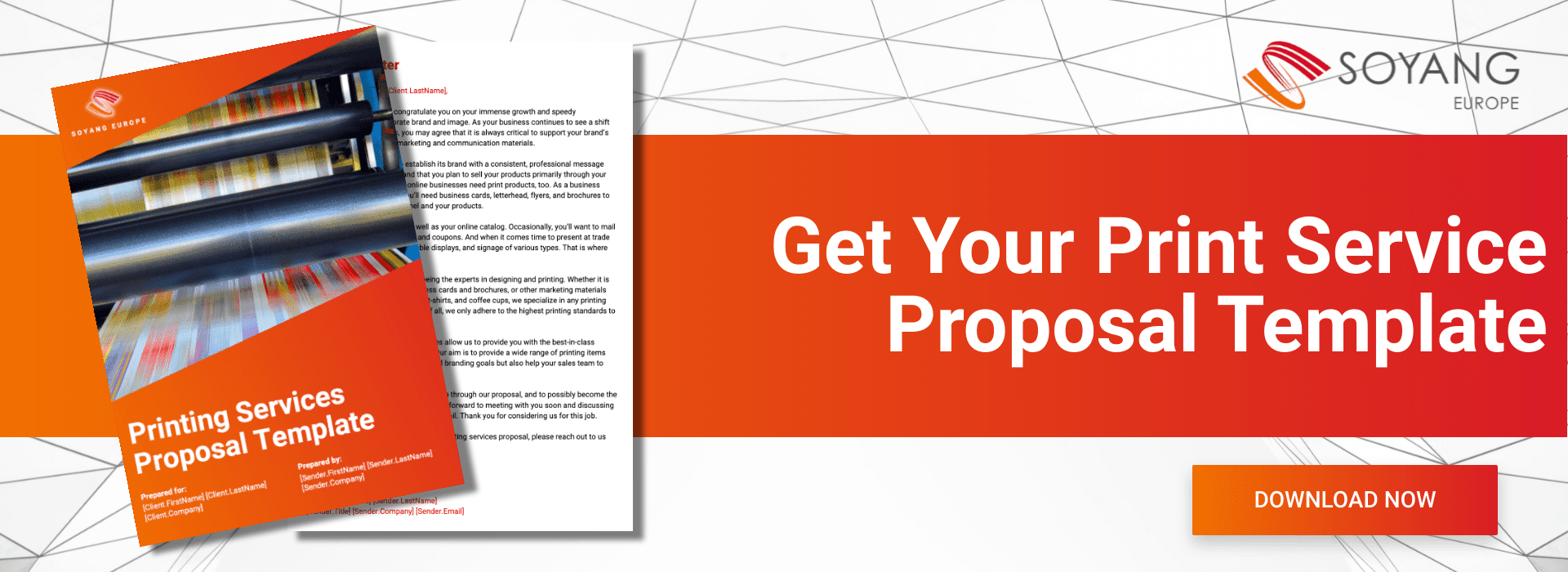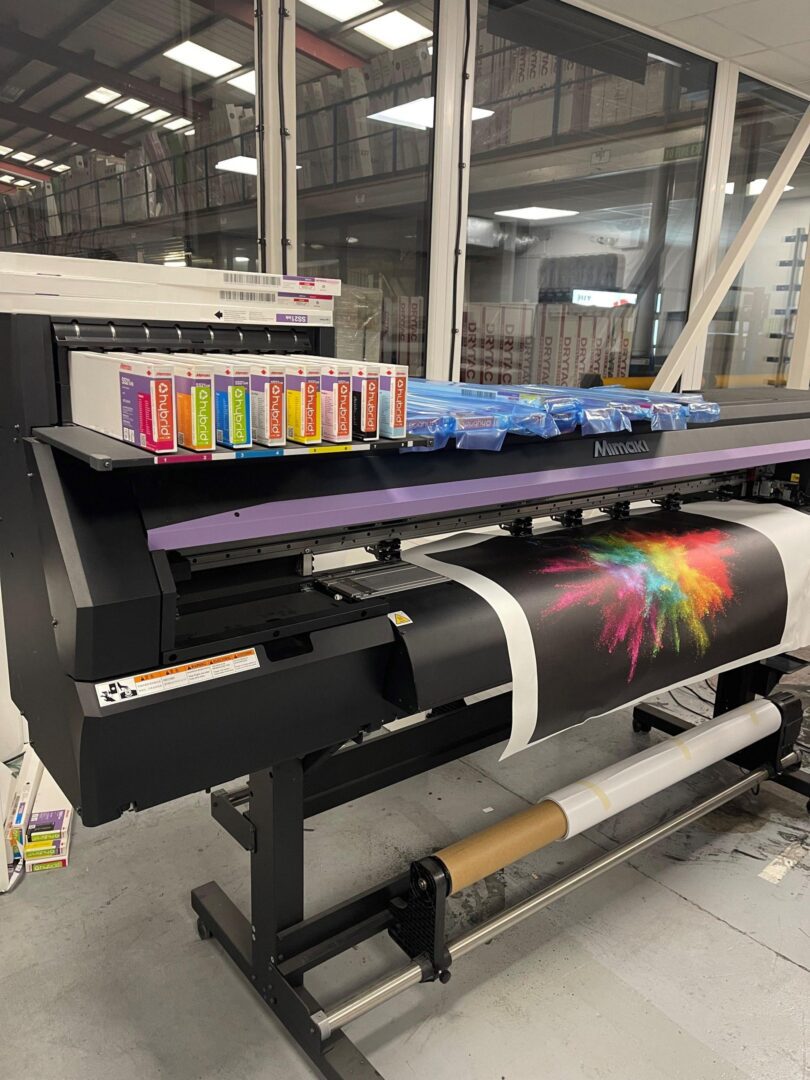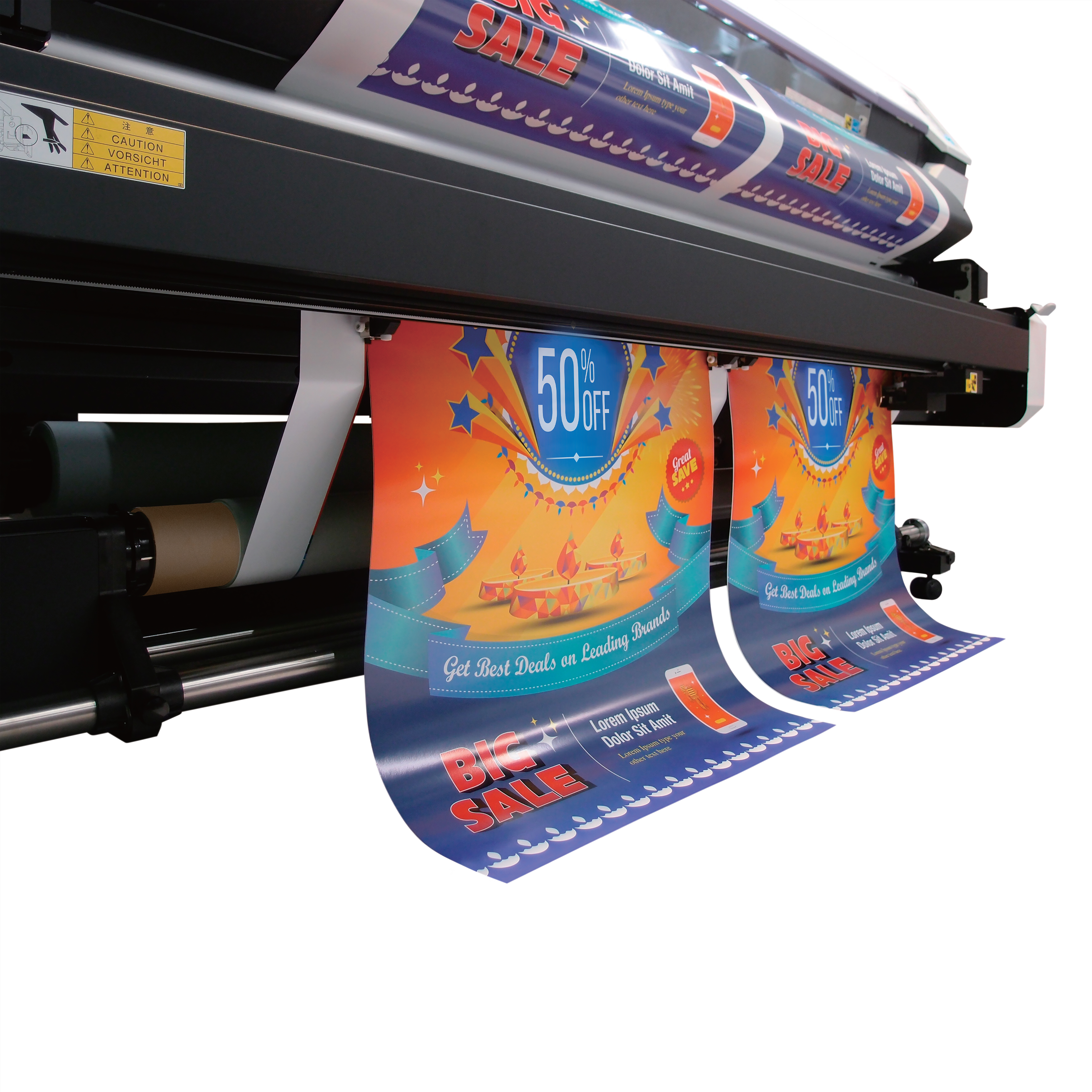It’s the single most important issue for any print company: how to sell printing services in a way that genuinely connects with customers. One powerful way is to double down on a familiar approach.
Service +. Why Taking a Fresh Approach to Service is the Top Print Sales Technique
There’s a popular view within the print sector that service is not how you sell printing. A quality service, so the argument goes, is a ‘hygiene factor’ – it’s what every customer rightly expects as a bare minimum from their print provider. So while the absence of excellent service can have a damaging effect on the bottom line and customer relationship, its presence won’t have a positive effect.
It’s not just the world of printing – virtually every sector has been chasing customer ‘delight’ while research has been suggesting it is the wrong goal. As this piece in Harvard Business Review (HBR) notes, delighting customers doesn’t build loyalty.
Same old service?
That presents something of an issue when print companies come to setting their strategy for selling their print services. With so many print businesses delivering similar products in similar ways at similar prices, the temptation has been to fall back on the generic language of customer service to act as a differentiator. Of course, when everybody’s doing that, it doesn’t differentiate anything.
Despite this, there’s a strong argument for service remaining the top print sales technique, providing you can find a way to define your service levels in a way that really does offer a point of difference. You might think of it as service +. Once you’ve delivered the expected levels of service, what more do you do to go beyond them?

Service + solutions
As the HBR survey of 75,000 customers demonstrates, delighting the customer inevitably fails because i) the business and customer see ‘delight’ in very different ways – with customers often feeling as though businesses are trying too hard in areas that don’t really matter – and ii) customers feel businesses fall short of their own goals too often. Far more effective is solving customer problems in simple, unfussy ways. That doesn’t have to mean coming up with a clever technical answer to a thorny print challenge a client has been tussling with (although it certainly can mean that). It can just as easily be about finding ways to reduce or remove effort and complication from their day.
How do you sell printing as a solution? One way is to think of it in terms of answering questions the customer might ask. ‘What’s the right large scale print format for my application?’ ‘Can you print to the scale I need?’ ‘What print options would add the wow factor to my event?’ ‘Can you deliver to my impossibly tight timescales?’
The ability to answer these questions is still about service. It’s just service with purpose, the sort of service that can make you an unofficial partner in your client’s business, and their first call when there’s a challenge to address.
Service + capability
Another print sales technique that can differentiate you from the rest is your capability. Your ability to print at a scale no one else can, for applications no one else does, to a level of definition/eco-friendliness/durability no one else can match is a clear differentiator.
Selling your printing services based on your capability is a strategy that requires constant reinvention – today’s state of the art is inevitably tomorrow’s par for the course – but with the right culture of continuous improvement, it can be a powerful driver for the sort of customers who are always looking to deliver something innovative and new in print.
Service + expertise
Why is ink A the right option for textile B? If I want my banner to stay looking impressive for the long term, what’s the best way to achieve that? What are the things I need to think about if I want to turn an outdoor walkway into a powerful ad space?
Real expertise is the ability to go beyond the simple features and benefits of a product and help a customer choose a product that will really deliver results. Generally speaking, of course, clients tend not to be overly concerned with the technical minutiae of their printing, but for clients who have (almost) as much understanding of the issues as you do, the ability to talk technical detail and perhaps even teach them something new can be a powerful driver to trust your capability over others.

Service + engagement
All of the above are about delivering for the customers that you already have, or prospects that are at least somewhere in your sales funnel. The next stage in understanding how to sell printing is using these approaches to win new customers.
In our previous post, we explored marketing strategies for selling your print services. Ads and direct mail are one way of generating print sales leads. But the more cost-effective way is by engaging your potential audience with inbound marketing strategies. Engaging isn’t selling. It’s giving prospects hints, tips, ideas and inspiration that either prove immediately useful or which stick around long enough in their minds so that, when they are ready to buy print services, they remember you.
There’s no single way of doing this. In fact, mixing it up and taking advantage of the cross applicability of all the following techniques can pay dividends:
- Case studies
- Blog posts
- Testimonials
- Social media
- Technical Q&As
So, for example, you’ve just completed a print project that required you to overcome some distinct technical challenges. A case study lets you tell that story. A case study with a client quote adds some weight and credibility to the story, and enables you to use the quote (or parts of it) on other collateral. On your social media channels, you get to point followers in the direction of the case study. The case study generates some comments which are worthy of discussion so, in addition to responding to the comments on the social platform itself (always worth doing to drive deeper engagement), you collate some of the most common comments and write a blog post in response. Then you share that on social media too.
What’s the point of this ongoing communication? Actually there are several: it showcases your capability, your expertise and your ability to come up with a solution. It gives you the chance to share some images of the finished work and, because we’re in the print industry, the chances are those images will impress. And because none of this content is ‘formal’ (that is, it’s not doing a specific sales job like your ad, web or press release copy), it gives an opportunity for your people to be themselves – which further increase the chances of a potential customer getting in touch for a chat.
How to sell print services
Service is a hygiene factor – but only when you treat it like one. We’ve all seen the companies that talk about ‘quality service’ in a general, nebulous sort of way that gives you the impression they’re only talking about that because they couldn’t think of anything else to talk about. Clearly, that sort of service is not going to be anyone’s top print sales technique.
But when elements of your service really do standout – when you are your clients’ go-to source of trusted print know-how, support or solutions – then you can legitimately build your sales approach on service.








